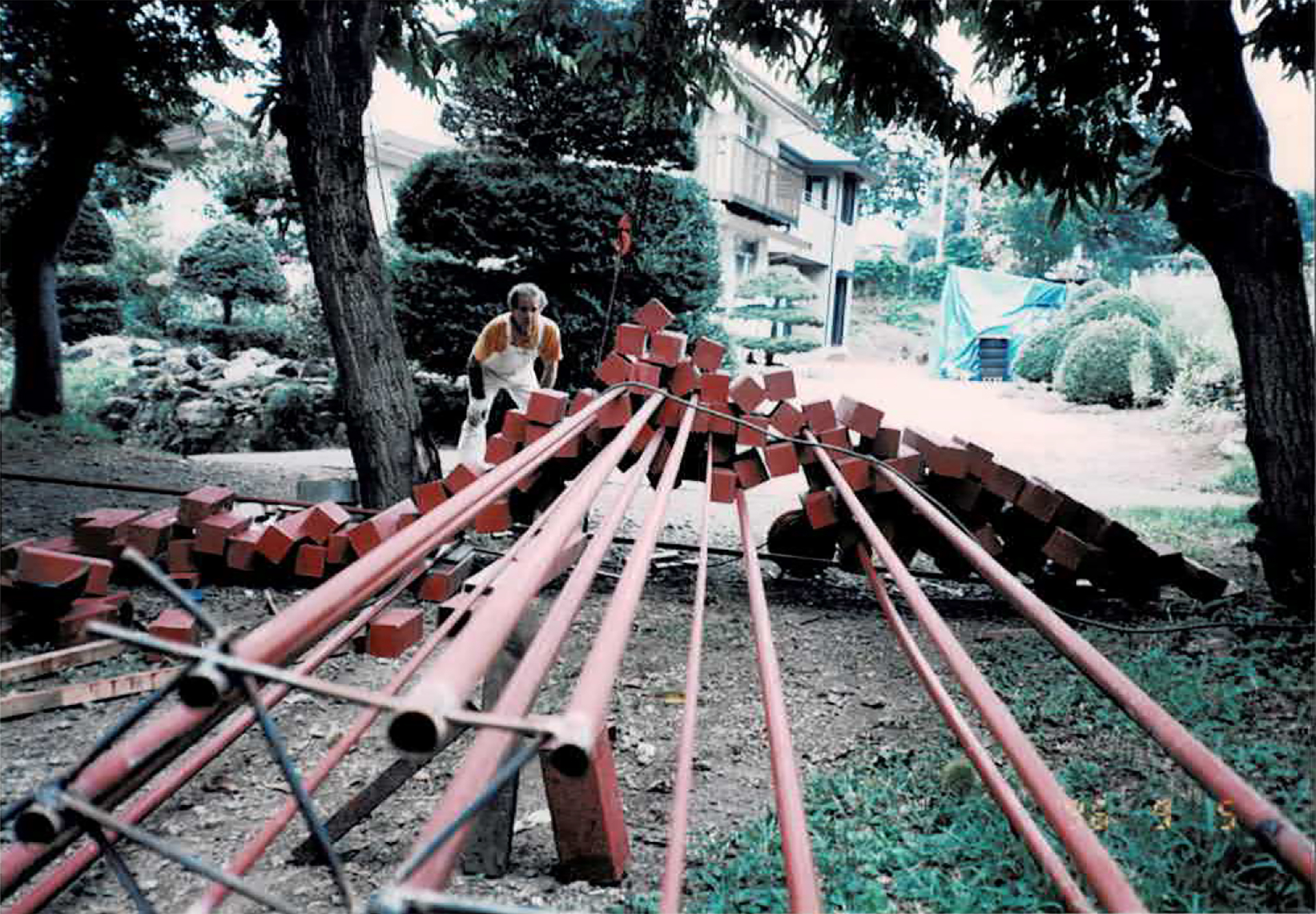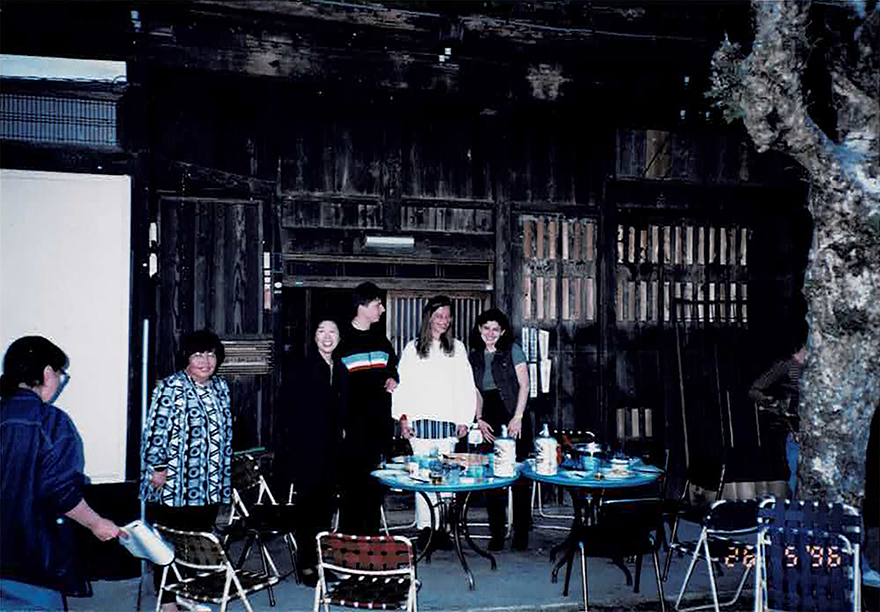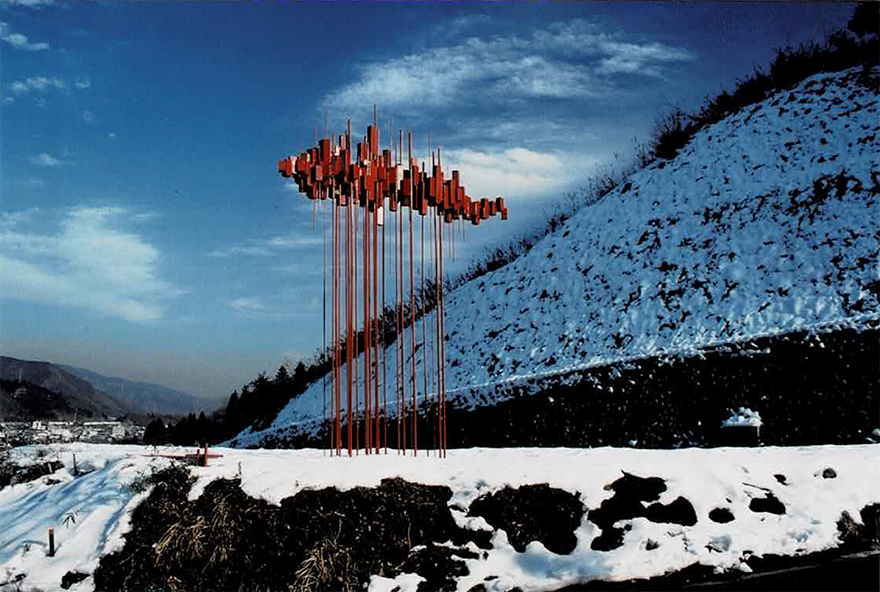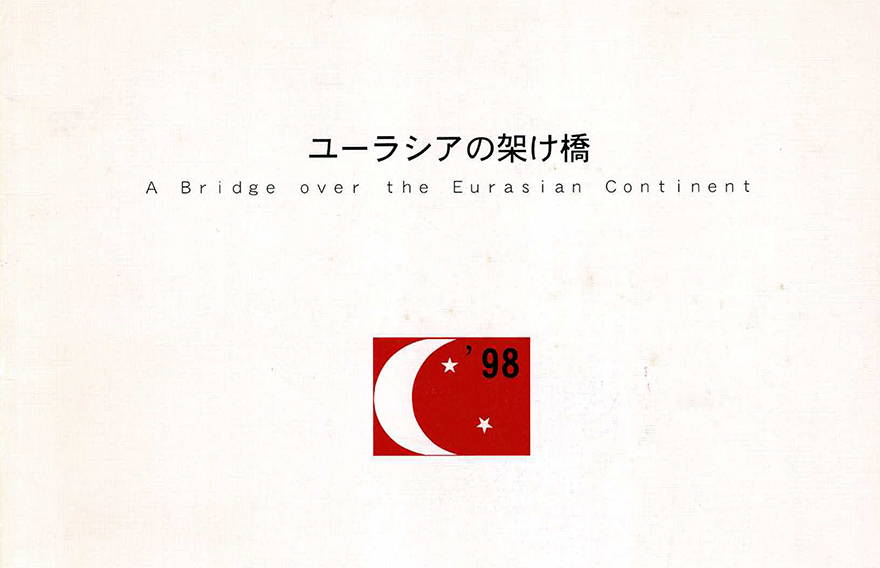What is AIR (Artist-in-Residence)? (3):
50 years of Youkobo, 30 years of residency activities, and the Fujino annex
By Murata Tatsuhiko

Let us now look at Youkobo’s history. The origins of Youkobo can be traced to an art school. Alongside the enthusiasm of the current administrators, we must not forget the existence of the space my father left us. From the 1950s onwards, the form of the clinic and sanatorium for tuberculosis diseases (Murata Clinic and Sanatorium) in Zenpukuji, Suginami Ward, on the western edge of Tokyo’s 23 wards area, changed over time.
It was in 1975 that my spouse, who was also an art teacher, established the Hiro Art Club in this space, and fifty years have passed since it became the “scene” for various art activities as an art school, sculpture atelier, and animation studio. With the children growing, we decided to open the Hiro Micro Library and also started a reading circle. Children, seniors, and people with disabilities also joined the club.
A visit by an artist from overseas in 1988 marked the beginning of the Youkobo residence. For the first ten or so years, this was a homestay-based arrangement with an “artist sanatorium” aspect. Participants stayed in a part of the living quarters at our home or in an apartment we owned at the time, while empty space at the sanatorium served as their studio. We have always stressed the importance of accepting residencies, supporting creative activities, and above all creating opportunities for exchanges with Tokyo-based artists and the local community. Following homestays by a Turkish architect and sculptor in 1988, awareness of the existence of the Youkobo residence gradually increased thanks to the acceptance in Tokyo of students from overseas technical universities, visits by artists staying at residences run by overseas institutions in the Tokyo metropolitan area—including the Austrian Art House in Fujino (discussed in detail below) and the Visual Arts/Craft Board (VACB) Studio (generally referred to as the “Australian Artist Studio”)—and overseas participants in sculpture symposia in Japan (Iwate, Otawara, Inami, etc.). In the decade from 1990 to 1999, more than 30 artists were accepted from overseas, staying for various periods from a month to five years at the longest. Along with accepting foreign artists, we continued to dispatch Japanese artists overseas as part of what we saw as an important mission to create opportunities for stays at overseas residences with which we had connections, as a result of which the Youkobo residency program continued to expand.
In the course of these activities, in 1996 we had the opportunity to welcome the Turkish sculptor Ferit Özşen as an invited artist in association with the Japan Foundation. Because it would have been difficult for him to undertake his desired activities in the Suginami space, after discussing the matter with the town hall in Fujino, Kanagawa (now the Fujino General Office in Sagamihara), which was promoting community development based on the concept of an art village, we rented a vacant house in the town and began preparations to turn it into the Youkobo annex in Fujino. In Fujino, which lies deep in the mountains beyond Takao on the western edge of Tokyo that straddle the border between Kanagawa and Yamanashi prefectures, our residency program developed with the help of exchanges with Japanese and overseas artists who had settled there, and with the full cooperation of the town itself. The Austrian Embassy in Tokyo had also rented an old house in the town and was operating it as a fully-fledged residence for Austrian artists known as the Austrian Art House in Fujino, providing opportunities for two artists to stay each year in either spring/summer or autumn/winter. We enjoyed numerous exchanges with artists from Vienna who experienced stays in Fujino, lending our own activities a unique flavor. This relationship also led to some of the Austrian artists using Youkobo in Tokyo as a second residency location.

Österreich Gästehaus in Fujino 1996
As well, a group consisting mainly of Fujino-based artists staged a series of outdoor art events in a forest under the title “Field Work in Fujino.” This was around the time when the Agency of Cultural Affairs launched their system of grants to support the running of residency programs (allocated by prefecture as I recall), and the events also served as good opportunities to learn about the state of connections with local artists and of local community engagement through art.
Below are some of the other main events from this period.
- During his residency at the Youkobo annex in Fujino, Ferit Özşen created Rain on my(your) window, a steel work five meters in height inspired by the gigantic columns of clouds that appear during the summer in Fujino, where nature abounds. To work on this piece, Özşen borrowed the atelier of Fujino-based sculptor Nakase Koji. Painting Rain on my(your) window was a large-scale operation that involved mobilizing local elementary schoolchildren. The finished work was installed on top of a small hill designated Ferit Tepe (tepe, in Turkish, meaning “the top of a hill”), where an impressive unveiling ceremony was held with everyone involved in attendance.
- The running of the Fujino annex was made possible through the enormous cooperation of the people of Fujino. The dedicated support of the mayor at the time, Kurata Chisho, and of everyone at the town office, especially Nakamura Kenichi of the Planning Section, later gave rise to friendly exchanges between the town and Turkey.

Rain on my(your) window by Ferit Özşen / Fujino Art Sanctuary 1996
In the year after the above-mentioned residency activities, 1997, as a result of a goodwill visit by a group led by the mayor of Fujino to Değirmendere, the town on the outskirts of the Turkish capital of Istanbul where the Turkish wood sculpture symposium was first held, a sister city relationship was formed between Fujino and Değirmendere. In the following year, 1998, the mayor of Değirmendere, Ertuğrul Akalın, was invited to visit Fujino, leading to the staging of the Fujino/Değirmendere Friendship Symposium ”Town Development and Sculpture, Present and Future.” Although the sister city relationship never bore fruit after it failed to gain the approval of the Fujino town council, the relationship with the people of Fujino continues today.

A Bridge over the Eurasian Continent / The Japan Turkey Sculptor Association 1998
I firmly believe that the first decade of the 30 years of Youkobo’s residency activities formed the framework for Youkobo’s activities in support of the arts. These activities center on an AIR program, enabling artists from Japan and overseas to work on projects while staying for a set period of time, as well as studios and a non-profit gallery where Tokyo-based artists can create and exhibit artworks, while we also promote community engagement through art and culture. As a studio (“kobo”) for you (the “you” in Youkobo also means “play” in Japanese), Youkobo aims to create a space that gives many people the opportunity to experience art and culture on a more familiar level by supporting the autonomous activities of artists.
In 2001, following renovations aimed at further expanding Youkobo’s activities, the facility in Suginami was reborn as an art complex combining a gallery where artists can present mainly contemporary artworks, studios and accommodation spaces, its name also changing from ”Studio Youkobo” to ” Youkobo Art Space”. Since then, Youkobo has steadily pushed ahead with various initiatives while continuing to promote the acceptance of overseas artists and the dispatch overseas of Japanese artists at a global level, and promoting artistic activities rooted in the community at a local level. To date, more than 360 overseas artists from 50+ countries have been welcomed at Youkobo, and more than 150 Japanese artists have been dispatched overseas.
By offering a flexible and supportive space, Youkobo Art Space aims to support artists and demonstrate art’s social role and its importance.
- “What is AIR? (1): The origins of the Youkubo AIR program“
- “What is AIR? (2): A Sculpture Symposium“
- “What is AIR? (4): The discovery of microresidencies“
- “What is AIR? (5): Putting Y-AIR into practice and the start of an international network“
Tatsuhiko Murata
Having worked as an engineer for almost 30 years, together with his partner, Hiroko Murata, established their own art center as Youkobo Art Space since 1988, has worked to promote art through the running of a dynamic Artist Residency Program in Tokyo. From 2010 he initiated research into artist-run and micro-scale residency programs, so called MICRORESIDENCE, throughout the globe with an aim to increasing their recognition and also visibility appeal that the AIR program as important social vessel in the society.
Since 2015, he had been implementing Y-AIR, AIR for young (more opportunities for AIR activities to young artists!) through residency activities and collaboration with art universities. Co Director of Youkobo Art Space, Honorary board member of Res Artist.